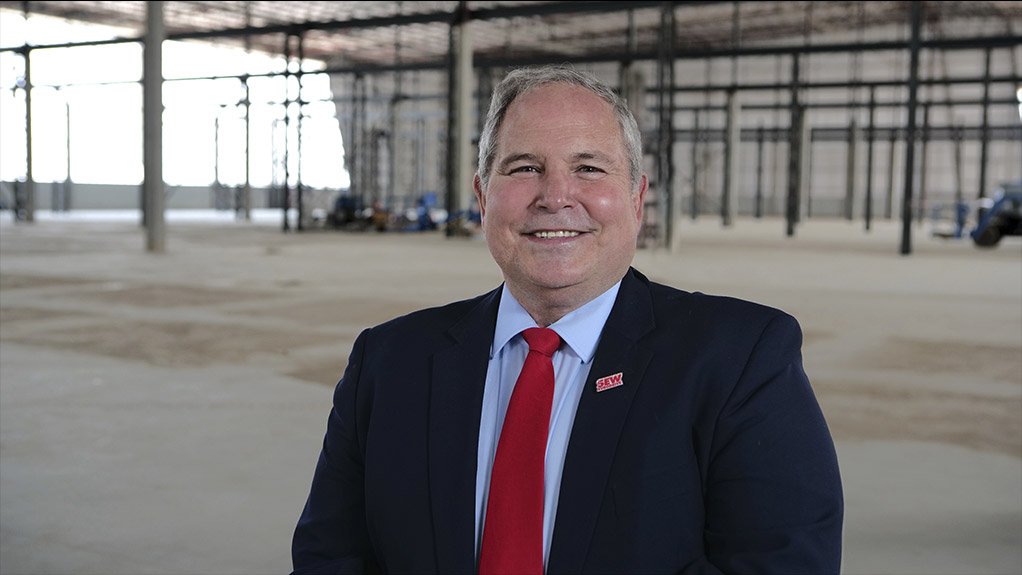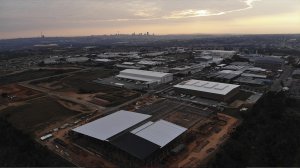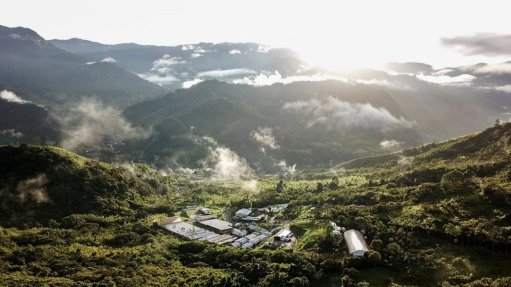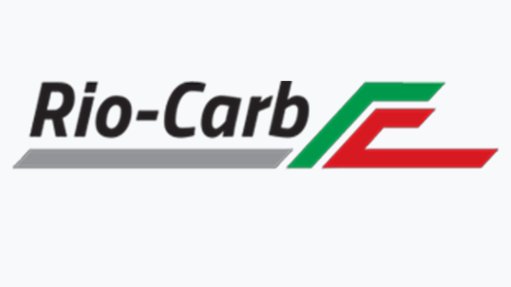Positioning Africa to become a global industrial hub
By Raymond Obermeyer, Managing Director at SEW-EURODRIVE South Africa
After the ravages imposed by the global Covid-19 pandemic on African economies, increased trade is exactly what the continent requires in order to recover. A key element of growing intra-continental trade is to the grow Africa’s industrial capacity – with manufacturing a key driver of future growth.
Africa’s manufacturing sector for example, which exports mostly primary and unprocessed goods, remains relatively small and under-developed when compared globally. It currently occupies the bottom spot of the global value chain, accounting for just 1% of global manufacturing.
In order for this key sector to flourish more must be done to support its growth. This will require various interventions including improvements to the supply chain for access to parts.
The challenge in the years ahead will be for African companies to industrialise with the aim of capturing a greater share of the global market and beneficiating raw materials to produce products higher up on the value chain.
Instead of exporting raw cotton or natural rubber, for example, it needs to be producing finished garments for a global marketplace or finished rubber products such as vehicle tyres. When countries export raw materials without making any value addition, they miss out on the additional revenue they would earn if were instead exporting a finished product.
Certainly, the continent is well placed from a labour perspective. Estimates are that sub-Saharan Africa alone will have a working age population as large as China’s by 2035. We’re also well placed from the perspective of natural resources.
Africa, however, will not be able to emulate China’s path to industrialisation. Instead, it needs to establish its manufacturing prowess on different pillars. The continent will need to prioritise the environment and people to the same degree as profits.
For Africa to grow its position as an industrial hub the continent requires that it grows intra-continental trade. The African Continental Free Trade Agreement (AfCFTA), which came into effect earlier this year, aims to remove some of the traditional barriers to trade that have existed on the continent, stimulate trade and create new, competitive regional value chains. The hope is that the existence of the free trade area will encourage manufacturers to invest in the continent.
Growth in the continent’s key sectors – construction, automotive, manufacturing, mining, agriculture etc. - capacity will have a knock-on effect of creating employment opportunities, helping to grow skills and supporting social stability.
To help Africa develop its industrial programme, including growing its critical sectors, the African Development Bank incorporated what it termed ‘Industrialize Africa’ as one of its five sustainable development goals with the aim of ensuring Africa becomes a globally competitive component of the value chain.
There is no question that African needs to industrialise its economies if it is to meet the needs of its rapidly growing population.
SEW-EURODRIVE recognises the growth potential of the continent and has positioned itself to meet the needs of manufacturing clients with a new R200 million African headquarters consisting of a factory and warehousing facility based in Aeroton, Johannesburg. Our new high-tech factory, which will ultimately be fitted with state of the art, 4IR technologies including automated assembly machines and guided vehicles, is a key component of more efficiently servicing customers while an expanded warehousing facility will allow us to hold greater quantities of stock in order to alleviate potential supply chain delays.
Article Enquiry
Email Article
Save Article
Feedback
To advertise email advertising@creamermedia.co.za or click here
Press Office
Announcements
What's On
Subscribe to improve your user experience...
Option 1 (equivalent of R125 a month):
Receive a weekly copy of Creamer Media's Engineering News & Mining Weekly magazine
(print copy for those in South Africa and e-magazine for those outside of South Africa)
Receive daily email newsletters
Access to full search results
Access archive of magazine back copies
Access to Projects in Progress
Access to ONE Research Report of your choice in PDF format
Option 2 (equivalent of R375 a month):
All benefits from Option 1
PLUS
Access to Creamer Media's Research Channel Africa for ALL Research Reports, in PDF format, on various industrial and mining sectors
including Electricity; Water; Energy Transition; Hydrogen; Roads, Rail and Ports; Coal; Gold; Platinum; Battery Metals; etc.
Already a subscriber?
Forgotten your password?
Receive weekly copy of Creamer Media's Engineering News & Mining Weekly magazine (print copy for those in South Africa and e-magazine for those outside of South Africa)
➕
Recieve daily email newsletters
➕
Access to full search results
➕
Access archive of magazine back copies
➕
Access to Projects in Progress
➕
Access to ONE Research Report of your choice in PDF format
RESEARCH CHANNEL AFRICA
R4500 (equivalent of R375 a month)
SUBSCRIBEAll benefits from Option 1
➕
Access to Creamer Media's Research Channel Africa for ALL Research Reports on various industrial and mining sectors, in PDF format, including on:
Electricity
➕
Water
➕
Energy Transition
➕
Hydrogen
➕
Roads, Rail and Ports
➕
Coal
➕
Gold
➕
Platinum
➕
Battery Metals
➕
etc.
Receive all benefits from Option 1 or Option 2 delivered to numerous people at your company
➕
Multiple User names and Passwords for simultaneous log-ins
➕
Intranet integration access to all in your organisation






















